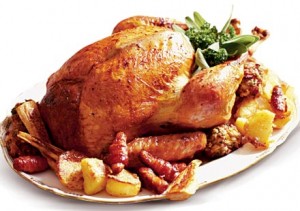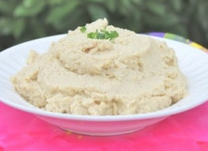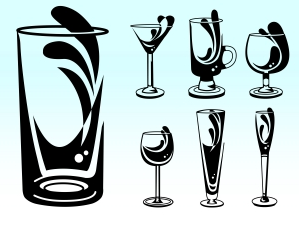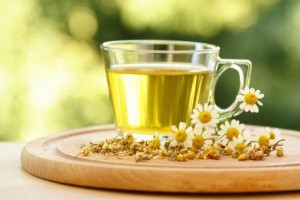It happens every year, and it doesn’t matter if you buy a smaller turkey or invite more people to Thanksgiving dinner.
You’re going to have leftover turkey. A lot of it.
Here are a few ways to use it—some serious, some lighthearted. We’re thankful to have that leftover turkey, and sharing it is one of many options.
Send it home with your guests.
Often, we don’t think of this because the tryptophan in the turkey makes us semi-comatose. When everyone leaves, sending home leftovers just doesn’t register! Pack goodie bags for your guests right after dinner. Maybe you can steal everyone’s keys and put them in the goodie bags, so no one can leave without their turkey.
Try some new recipes.
Visit a recipe website, and learn something new while using up that turkey! Good recipe sites include Food Network, All Recipes, and Real Simple. If you’re more the Martha Stewart type, try her website. (Or if you’re not much of a cook, just cut it up and add it to everything you eat for the next week.)
Surprise your coworkers.
The people you work with want more turkey, don’t they? Whip up some turkey sandwiches and take them in for lunch the first workday after Thanksgiving. They’ll love you for remembering them. Won’t they?
Freeze for later use.
When you’re completely “turkeyed out,” parcel what’s left into small bags and put them in the freezer. You can always use that turkey later for delicious comfort food like turkey and noodles and turkey pot pie.
Finally, give it to the dog.
We’re thankful for the dog, and the dog is thankful for us. Why not spread a little Thanksgiving cheer and give him or her the last of the turkey?
Tell us on our Facebook page what you do with leftover turkey!
















